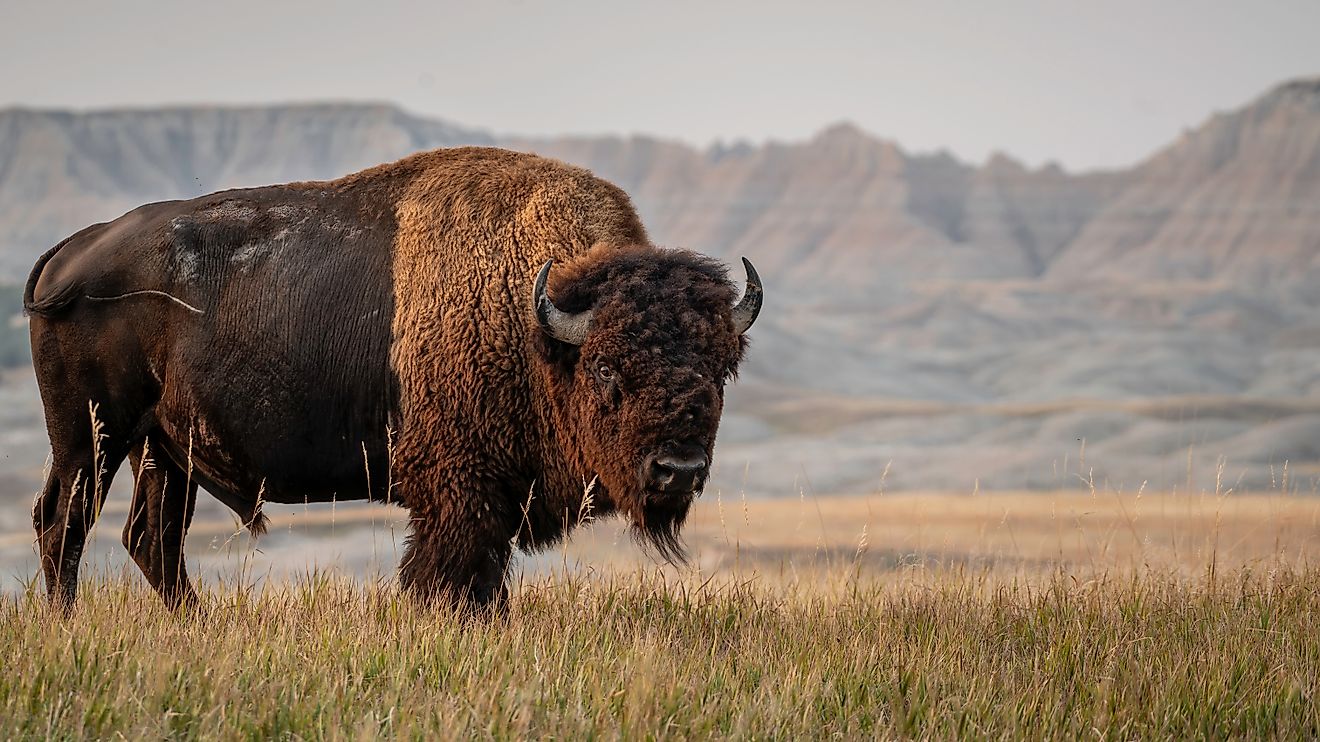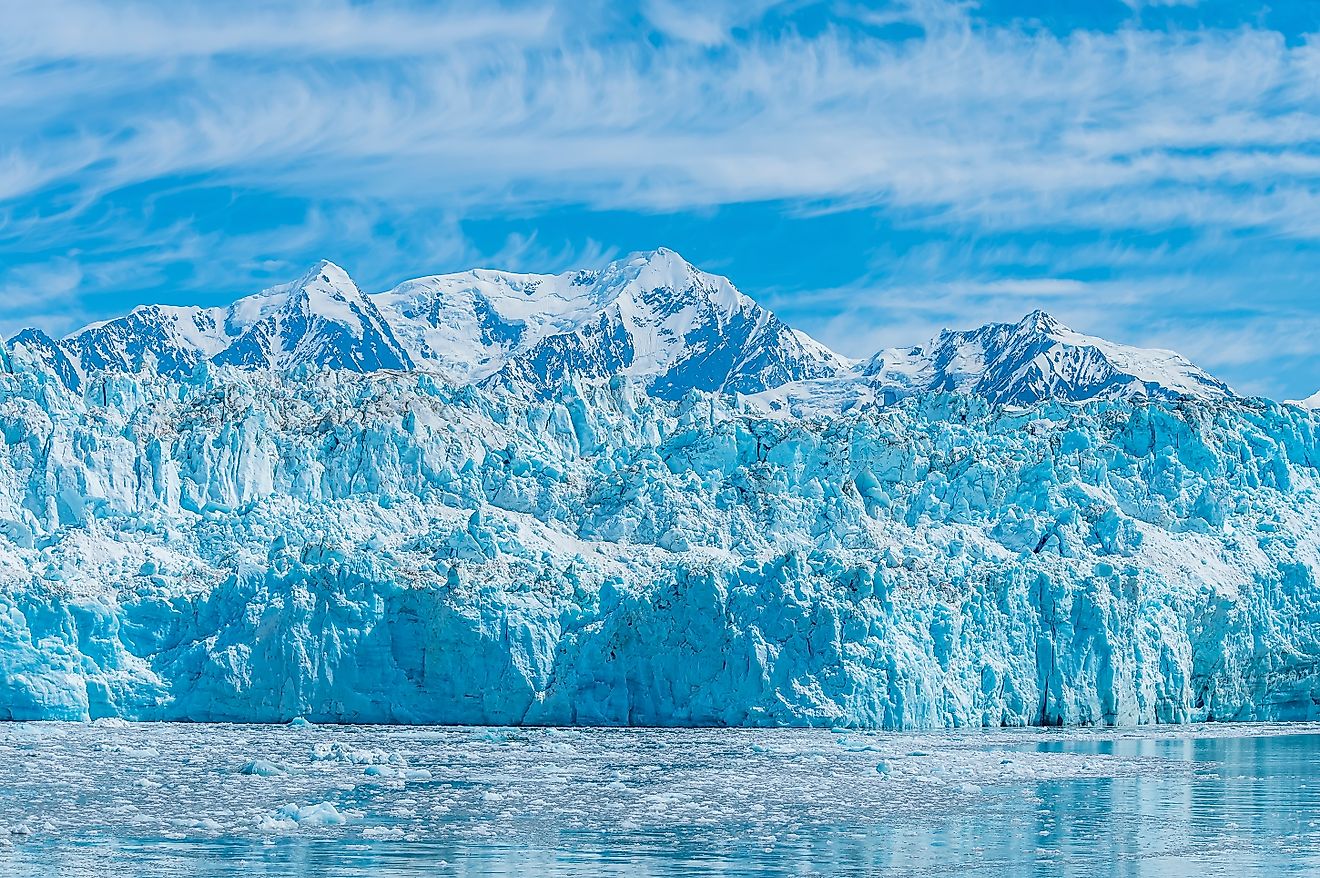
The Largest Freshwater Lakes in The US
Freshwater lakes are among the most vital and awe-inspiring features of the American landscape. Unlike saltwater bodies like oceans or seas, freshwater lakes are inland reservoirs filled with water that has low concentrations of dissolved salts. These lakes supply drinking water, support wildlife, power regional economies, and provide year-round recreation. But beyond their function, they hold a kind of quiet grandeur—stretching to the horizon, shrouded in mist, and often steeped in centuries of human history.
Across the United States, freshwater lakes come in all shapes and sizes, from alpine jewels tucked into mountain ranges to sprawling inland seas that resemble oceans. Some are formed by glaciers, others by tectonic shifts or ancient river systems. But which are the biggest, and what makes them so important?
Dive into the largest freshwater lakes in the US—where they are, how big they get, and why they matter more now than ever.
Lake Superior – The Freshwater Giant

-
Size: 31,700 square miles (total), 20,288 square miles in the US
-
Shoreline: Over 2,700 miles
-
Location: Michigan, Minnesota, Wisconsin (plus Ontario, Canada)
Lake Superior isn’t just the largest freshwater lake in the United States—it’s the largest by surface area in the world. This massive body of water holds over 2,900 cubic miles of water, more than all the other Great Lakes combined. With depths plunging to over 1,300 feet and a notoriously stormy surface, it’s often referred to as an inland ocean.
Superior’s vastness has made it central to shipping, fishing, and maritime lore, including the tragic sinking of the SS Edmund Fitzgerald in 1975. The lake’s cold, clear waters support a wide array of native fish species like lake trout and whitefish, while the rugged shores are dotted with lighthouses, forests, and sleepy harbor towns that thrive on tourism and heritage.
Lake Michigan – The Only Great Lake Entirely Within the US

-
Size: 22,404 square miles
-
Shoreline: 1,638 miles
-
Location: Illinois, Indiana, Michigan, Wisconsin
Lake Michigan is the second-largest lake entirely within the US and the only Great Lake that doesn’t share a border with Canada. Known for its scenic dunes, especially in Michigan’s Lower Peninsula, Lake Michigan is a recreational mecca. It supplies drinking water to millions, hosts vast commercial and sport fisheries, and anchors major cities like Chicago and Milwaukee along its shores.
The lake reaches depths of 923 feet and serves as an economic engine for the Midwest. Its beaches rival those of coastal states, and the annual lake effect snow from its waters is a defining feature of regional winters.
Lake Huron – The Archipelago King

-
Size: 23,000 square miles (total), about 14,700 square miles in the US
-
Shoreline: 3,827 miles (including islands)
-
Location: Michigan (plus Ontario, Canada)
Lake Huron boasts the longest shoreline of any of the Great Lakes, thanks to its thousands of islands—including Manitoulin Island, the largest freshwater island in the world. Though it shares similar surface area with Lake Michigan, Huron’s sprawling bays and island-studded waters give it a character all its own.
Its eastern shores are rugged and less developed, making them a prime destination for boating, kayaking, and rustic getaways. Ecologically, Lake Huron has undergone significant changes over the decades due to invasive species like zebra mussels, but ongoing conservation efforts aim to restore its natural balance.
Lake Erie – Shallow but Mighty
-
Size: 9,910 square miles
-
Shoreline: 871 miles
-
Location: Michigan, Ohio, Pennsylvania, New York (plus Ontario, Canada)
Lake Erie is the shallowest and warmest of the Great Lakes, with an average depth of just 62 feet. That shallowness makes it prone to both vibrant fish populations and sudden, violent storms that have sunk hundreds of ships over the centuries. Erie is also the most biologically productive of the Great Lakes, thanks in part to its nutrient-rich waters.
Major urban centers like Cleveland, Buffalo, and Toledo lie along its shores, and its fisheries—especially for walleye—are among the most productive in the world. However, nutrient runoff and harmful algal blooms have raised concerns in recent decades, spurring regional efforts for better water quality management.
Lake Ontario – The Gateway to the Atlantic
-
Size: 7,340 square miles
-
Shoreline: 712 miles
-
Location: New York (plus Ontario, Canada)
Though it’s the smallest of the Great Lakes in surface area, Lake Ontario is impressively deep—averaging 283 feet with a maximum depth of 802 feet. It sits at the base of the Great Lakes chain, acting as the final conduit through which the entire Great Lakes system flows via the St. Lawrence River into the Atlantic Ocean.
Lake Ontario has long been a vital transportation route and remains crucial to shipping, hydroelectric power, and regional commerce. Its shores include everything from the bustling urban sprawl of Rochester to tranquil parks and wineries in the Finger Lakes region.
Lake Okeechobee – Florida’s Inland Sea

-
Size: 730 square miles
-
Shoreline: 135 miles
-
Location: South-central Florida
The name “Okeechobee” comes from the Seminole words for “big water,” and the lake more than lives up to it. Covering 730 square miles, Lake Okeechobee is the largest freshwater lake entirely within Florida and the second-largest in the contiguous US.
Shallow (averaging just 9 feet deep) and flat, Okeechobee plays a key role in South Florida’s water supply, flood control, and agriculture. It’s surrounded by a massive dike system that was constructed after devastating hurricanes in the 1920s. Today, the lake supports rich bass and crappie fisheries and attracts anglers from all over the country.
Iliamna Lake – Alaska’s Remote Giant

-
Size: 1,012 square miles
-
Shoreline: ~240 miles
-
Location: Southwest Alaska
Iliamna Lake is the largest lake in Alaska and the second-largest entirely within the US after Lake Michigan. Located on the Alaskan Peninsula, this glacial lake is remote and largely untouched, fed by pristine rivers and surrounded by mountain wilderness.
Despite its size, Iliamna is sparsely populated and largely undeveloped, making it a haven for wildlife, including sockeye salmon, bears, and bald eagles. The lake is an essential habitat for one of the world’s most productive salmon runs and has long been revered by native communities for its natural abundance.
Lake of the Woods – The International Maze
-
Size: 1,679 square miles total, about 500 square miles in the US
-
Shoreline: Over 25,000 miles (with islands)
-
Location: Minnesota (plus Manitoba and Ontario)
Straddling the US–Canada border, Lake of the Woods is known for its maze-like geography of islands, bays, and peninsulas. While most of the lake lies in Canada, around 500 square miles are within Minnesota, making it one of the largest freshwater lakes in the lower 48.
The lake supports a robust tourism industry focused on fishing, boating, and lakefront resorts. Its winter ice-fishing season draws anglers from across the Midwest, and the lake’s unique Northwest Angle—the northernmost point in the contiguous US—is only accessible via Canada or by boat.
Lake Pend Oreille – Idaho’s Deep Treasure
-
Size: 148 square miles
-
Max Depth: 1,150 feet
-
Location: Northern Idaho
Don’t let its relatively modest surface area fool you—Lake Pend Oreille is one of the deepest lakes in North America, plunging over 1,100 feet deep. Located in the scenic Idaho Panhandle, it’s surrounded by forested mountains and quaint small towns like Sandpoint.
The lake supports a cold-water fishery, including lake trout and kokanee salmon, and is used by the US Navy for submarine acoustic testing due to its unique underwater environment. It’s a favorite for boating, sailing, and watersports in the summer, with a peaceful alpine charm year-round.
Lake Champlain – A Lake of Historic Importance

-
Size: 490 square miles
-
Shoreline: 587 miles
-
Location: New York, Vermont (plus Quebec, Canada)
Lake Champlain lies along the New York–Vermont border and stretches north into Quebec. Rich in history and natural beauty, it was the site of key battles during the American Revolution and the War of 1812.
Today, Champlain is a hub for sailing, swimming, and lakefront relaxation. The lake’s diverse ecosystem supports over 80 fish species and serves as a critical link in the region’s biodiversity. The scenic drive along its eastern shore and ferry crossings are popular with summer travelers.
America’s Liquid Giants Deserve Our Awe and Protection
These vast freshwater lakes are more than scenic destinations—they’re vital to the environments, economies, and identities of the regions they anchor. They provide drinking water to tens of millions, power commerce and agriculture, sustain wildlife, and inspire generations of visitors with their scale and splendor.
As climate change and ecological pressures mount, protecting these invaluable natural resources is more important than ever. Whether you’re casting a line, paddling a kayak, or simply admiring the view, each of these lakes offers a powerful reminder of the majesty of America’s natural heritage.
| Lake Name | Surface Area (sq mi) | Max Depth (ft) | State(s) | Notable Features |
|---|---|---|---|---|
| Lake Superior | 31,700 (total) 20,288 (U.S. portion) | 1,333 | Minnesota, Wisconsin, Michigan | Largest freshwater lake by surface area in the world; shared with Canada |
| Lake Huron | 23,000 (total) 14,525 (U.S. portion) | 751 | Michigan | Includes Saginaw Bay; second-largest Great Lake; features over 30,000 islands |
| Lake Michigan | 22,404 | 925 | Illinois, Indiana, Michigan, Wisconsin | Largest lake entirely within the U.S.; home to Chicago and Milwaukee |
| Lake Erie | 9,910 | 210 | Michigan, Ohio, Pennsylvania, New York | Shallowest Great Lake; warms quickly, prone to algae blooms |
| Lake Ontario | 7,340 (total) ~3,800 (U.S. portion) | 802 | New York | Easternmost Great Lake; receives water from all the others via the Niagara River |
| Lake of the Woods | 1,679 (total) ~950 (U.S. portion) | 210 | Minnesota | Shared with Canada; features over 14,000 islands |
| Iliamna Lake | 1,012 | ~988 | Alaska | Largest lake in Alaska; important salmon spawning habitat |
| Lake Okeechobee | 730 | ~12 | Florida | Largest freshwater lake in the southeastern U.S.; shallow but ecologically crucial |
| Lake Pontchartrain | 630 | 65 | Louisiana | Brackish but often counted as freshwater; vital for flood control and fisheries |
| Lake Champlain | 514 (total) ~435 (U.S. portion) | 400 | New York, Vermont | Historic waterway in the Northeast; shared with Quebec, Canada |
